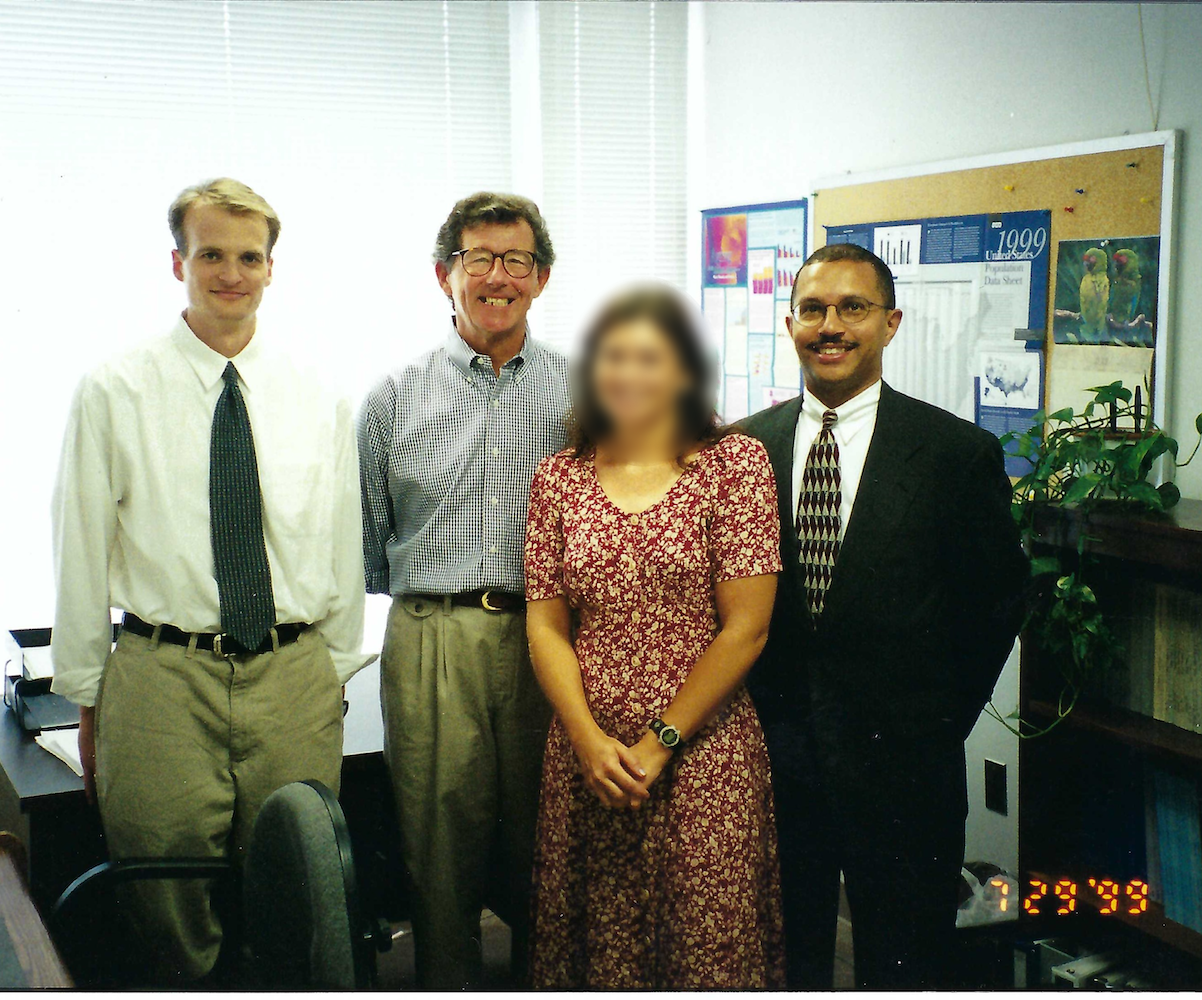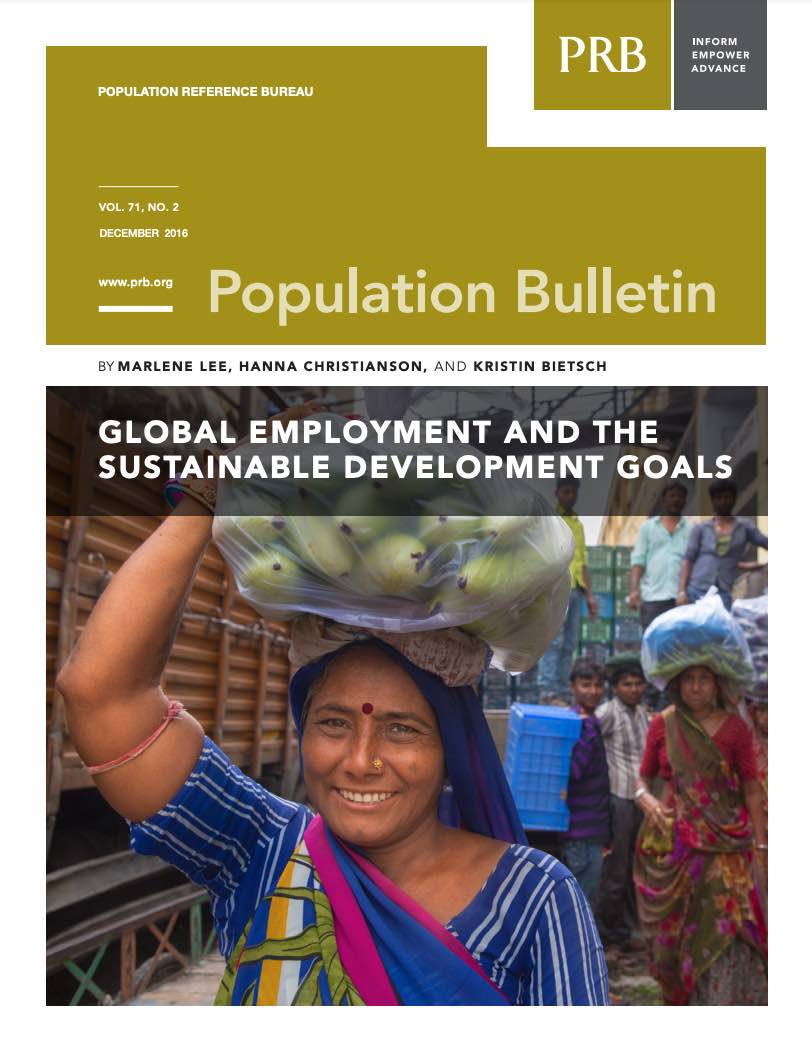Shifts, Flips, and Blips: Reflecting on 25 Years of U.S. Population Change
Mark Mather from our U.S. Programs team looks back at key population trends since he joined PRB in 1998.

Mark Mather from our U.S. Programs team looks back at key population trends since he joined PRB in 1998.
(2010) During the current U.S. recession, homeownership and mobility rates have dropped; poverty has increased; and commuting patterns have shifted toward greener, more cost-effective options.
(2010) What are the "next generation" contraceptives? Several innovative contraceptive methods are expected to enter the market within five years, and more are under development. What are they and who is likely to use them? How might new methods help reduce the unmet need for contraception of an estimated 200 million women worldwide?
(2009) Family planning reduces infant and maternal mortality rates by allowing women to plan and space their pregnancies and avoid unintended pregnancies.

The United Nations Sustainable Development Goal 8 calls for full and productive employment and decent work for all. In our latest Population Bulletin, we explain how demographic trends will have a bearing on whether and how rapidly this and other SDG goals are achieved.
(2006) With a population growth rate of nearly 1 percent a year, the United States is the fastest growing developed country in the world. While many European countries are facing population decline, the U.S. population is growing as fast as or faster than many developing countries. And the total population of the United States (currently at 296 million) is expected to reach 300 million some time this summer—and about 450 million by the year 2050.
(2008) Chronic malnutrition has been a persistent problem for young children in sub-Saharan Africa. A high percentage of these children fail to reach the normal international standard height for their age; that is, they are "stunted."